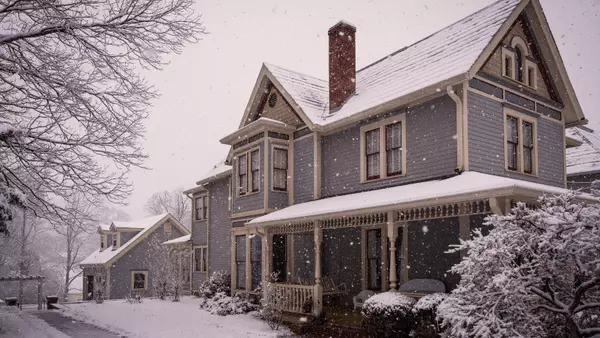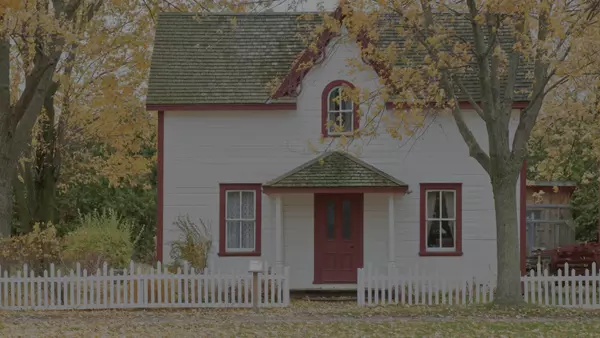Home Prices - What the numbers are actually telling us.

Instead of just looking at median sale prices (which can get skewed by what kinds of homes are selling at any given time), it's much better to track how the same homes have appreciated over time, giving you a much clearer view of real, actual price growth.
Per the Indiana Association of Realtors, that defined price growth came in at 6.7% for this February, down slightly from 6.8% in January and 7.4% a year ago. Homes at the lower end of the market are appreciating much faster — about 8.7% annually — and surprisingly holding up better as the market shifts.
Why This Matters
Normally when people talk about home prices, they throw out the median sale price — meaning the “middle” home sold in a given month. But that doesn’t tell the full story. The median can swing depending on what kinds of homes are being listed or who’s buying at that particular time.
To measure real appreciation, homes that have sold more than once need to be tracked — and compare the difference between what the seller paid and what they’re selling it for now.
Loking at the MLS records with a sales history dating back to 1997, that’s what this analysis by the Indiana Association of Realtors does. It looks at repeat sales — matching properties by address, filtering out flips and big rehabs — so you get a cleaner, more honest read on home price growth.
Where Home Prices Are Now
-
Annualized home price growth was 6.7% in February 2025.
-
That’s down a little from the peak (10.4% back in May 2022 during the post-pandemic rush).
-
But it’s still higher than the pre-pandemic average, which was around 4.3% annually.
Bottom line: Even though things have cooled off from the wild market of 2021–2022, sellers today are still seeing stronger appreciation than before the pandemic hit. If the pandemic hadn’t happened and the pre-2020 trends had just continued, we’d expect to see about 6.9% annual growth right now — so today’s 6.7% isn’t far off.
Lower-Priced Homes Are Winning
Not all price ranges are moving the same.
-
Lower-priced homes (bottom 25% of the market) are appreciating at 8.7% per year.
-
Higher-end homes (top 25%) are growing more slowly, at about 5.8% per year.
This is a big change. During the Great Recession, it was the affordable homes that lost the most value. Today, they're the ones growing the fastest. Since mid-2022, the pattern has been clear. The more expensive the home, the slower the appreciation. The more affordable the home, the faster it’s gaining value.
If you own a lower-priced home, you’ve likely held onto more of your equity (or gained even more) compared to owners at the higher end of the market.
How Long Are People Staying in Their Homes?
The data also offers a glimpse at tenure — how long homeowners are staying put before selling. Nationally, the median homeowner moves about every 12–13 years. But when diving deeper, zeroing in on moves within 15 years of ownership (since that’s where our best data is), there's an interesting shift:
-
Before and during the pandemic, people were moving sooner — after 4–6 years especially.
-
Since mid-2022, most move patterns have slowed down again — except for people who bought 7–10 years ago.
Why does this matter? If you bought your home between 2015 and 2018, you’re in a sweet spot. You’ve likely built up about 76% appreciation over what you paid, plus years of mortgage paydown (likely at low interest rates below 4.5%).
In other words:
-
You have equity.
-
You have options.
-
And higher interest rates aren't hurting you the way they might hurt someone who bought recently.
How It's Measured
It's not just looking at sale prices or general trends. Here’s how the numbers were put together:
-
Homes were matched by exact address (with backups using location/fuzzy matching) to track homes sold more than once.
-
Flips were filtered out (homes resold within a year) and big rehab projects (which can artificially inflate appreciation numbers).
-
Extreme outliers were tossed, the very top and bottom 2% of appreciation each year.
-
Homes were segmented into annual price quartiles (instead of using fixed price bands from the past).
Both median and average appreciation rates were compared, using a 3-month rolling average to smooth out month-to-month noise.
Biggest difference from indexes like Case-Shiller?
-
Case-Shiller adjusts for all kinds of market factors.
-
This method just follows actual repeat sales, keeping it clean and transparent — showing what’s really happening at the transaction level.
In short, the housing market has cooled off a little from pandemic highs, but homeowners — especially at the more affordable end — are still seeing strong returns. And if you bought 7–10 years ago, this could be your best opportunity to leverage your equity and make a move. ― JRL
Categories
Recent Posts











